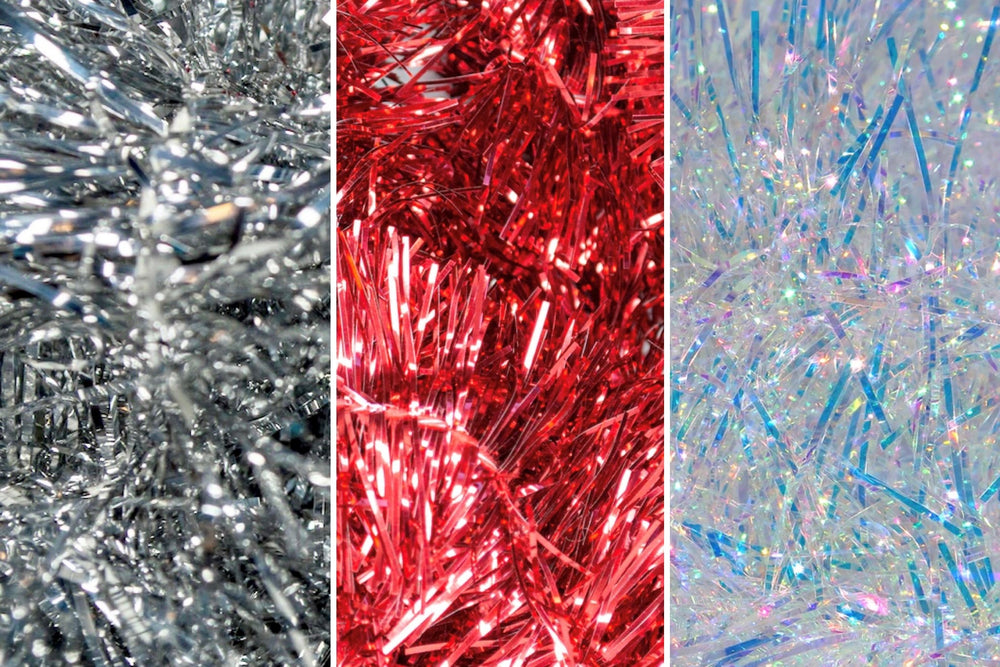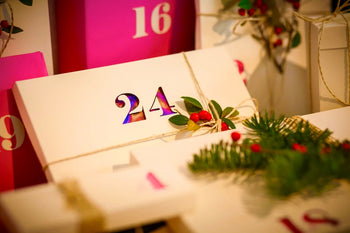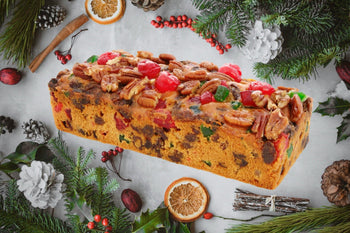One of the loveliest aspects of the holiday season is the contrast between the darkness outside and the glowing lights within. The mesmerizing sparkle of firelight; crackling logs in the fireplace; the glow of holiday candles; a twinkling strand of light - all caught in the gleam of tinsel on a Christmas tree.
Speaking of which…what exactly is tinsel? How did the Christmas tradition of creating long swags of bits of shiny silvery plastic first begin? And why was it so dangerous?

What Is Tinsel?
Originally meant to mimic ice, tinsel is made of thin strips of silver plastic, often twisted, and attached to a thread.
Fun Fact: When it’s not attached to a thread and hangs in long strips, it’s called a “lametta.”
Believe it or not, before it was made of plastic, tinsel was actually made of pure silver. And initially it wasn’t made to decorate Christmas trees—it was used to decorate sculptures. Silver was hammered until it was paper-thin, then cut into strips. Originally done by hand; machines were later used.
Tinsel was invented in Nuremberg, Germany in 1610. Because silver tarnished quickly, and often blackened because of smoke from candles, other shiny metals were soon substituted. The word “tinsel” sometimes referred to fabrics interwoven with gold or silver thread; it comes from the old French word “estincele,” which means “sparkle.” Tinsel fabrics were used in clothing, banners, flags, and costumes. This fabric was bought by both Queens Margaret of Scotland and Queen Elizabeth of England in the 16th century; it was less expensive than gold cloth.

Trimming The Christmas Tree with Tinsel
How did Tinsel become such a staple of holiday decorating? Similar to the origin of Christmas Baubles, an 1842 photo of Queen Victoria, Prince Albert, and their children standing around a decorated Christmas tree became hugely popular--as did the custom of decorating the tree with tinsel to replicate the royal holiday celebration.
When tinsel was hung on a Christmas tree, it was often used to complement the light from candles on the tree, later the soft glow of Christmas lights strung on the tree. Tinsel was also often used to mimic the night sky over a Nativity scene.
Much like real mistletoe and lit candles on a dry Christmas Tree, Tinsel was once a very dangerous decoration. This is because tinsel originally contained lead, which only stopped being used when people realized the dangers of lead poisoning.
Today, most tinsel is made from pvc plastic and comes in colors ranging from silver to blue to red and green. Tinsel is used not only to decorate holiday trees, but also stair banisters, fireplace mantels, or even picture frames. Because it’s flexible, almost anything is fair game. (Except the cat. Do not decorate the cat.)
However you choose to use it, tinsel is an indisputable part of the holiday season, and a welcome part of many people’s Christmas decorating. Unless you find tinsel "too distracting" like Seinfeld's Frank Costanza, in which case an aluminum Festivus pole may be the right holiday decor for you.
For everyone else, bring on the 'Estincele!'






